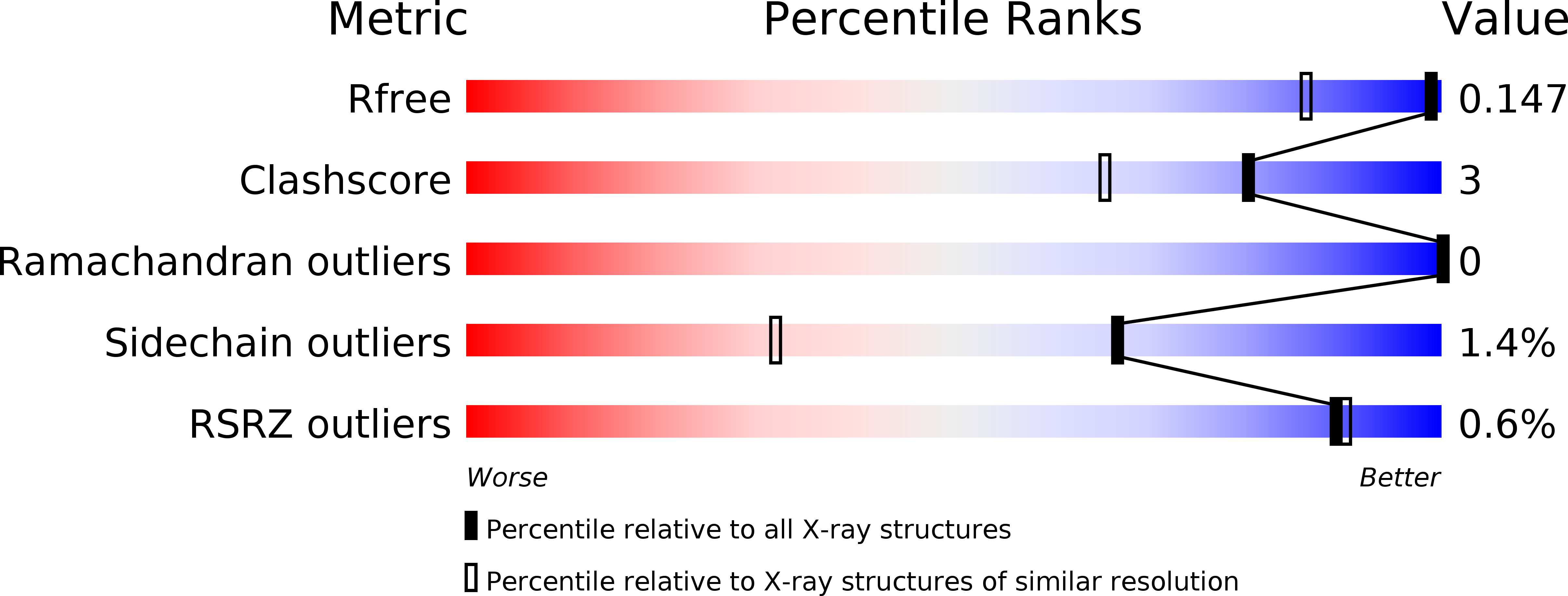
Deposition Date
2017-12-31
Release Date
2018-03-28
Last Version Date
2024-01-17
Entry Detail
PDB ID:
6FEA
Keywords:
Title:
A. vinelandii vanadium nitrogenase, turnover state
Biological Source:
Source Organism:
Azotobacter vinelandii DJ (Taxon ID: 322710)
Method Details:
Experimental Method:
Resolution:
1.20 Å
R-Value Free:
0.14
R-Value Work:
0.11
R-Value Observed:
0.11
Space Group:
P 1


